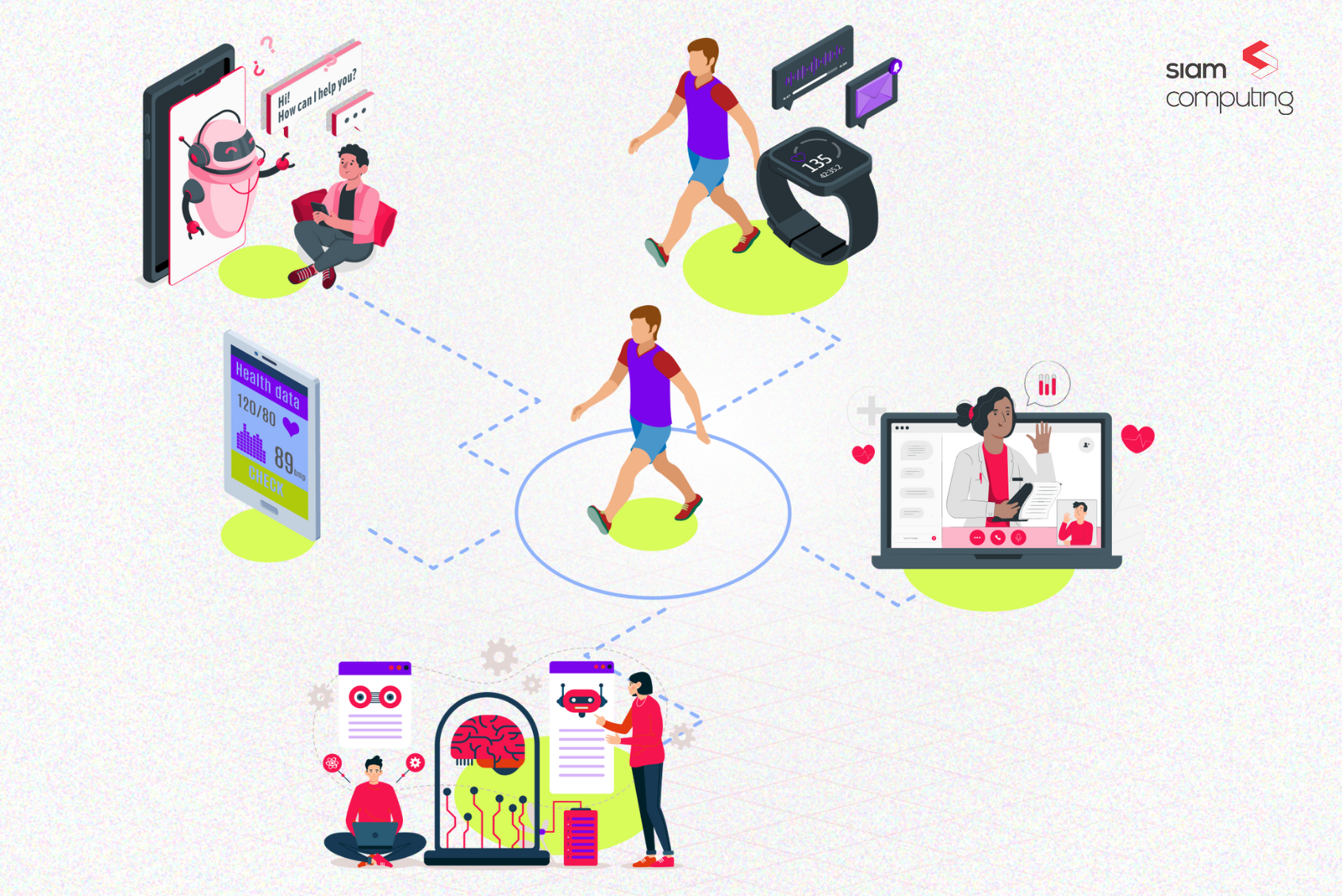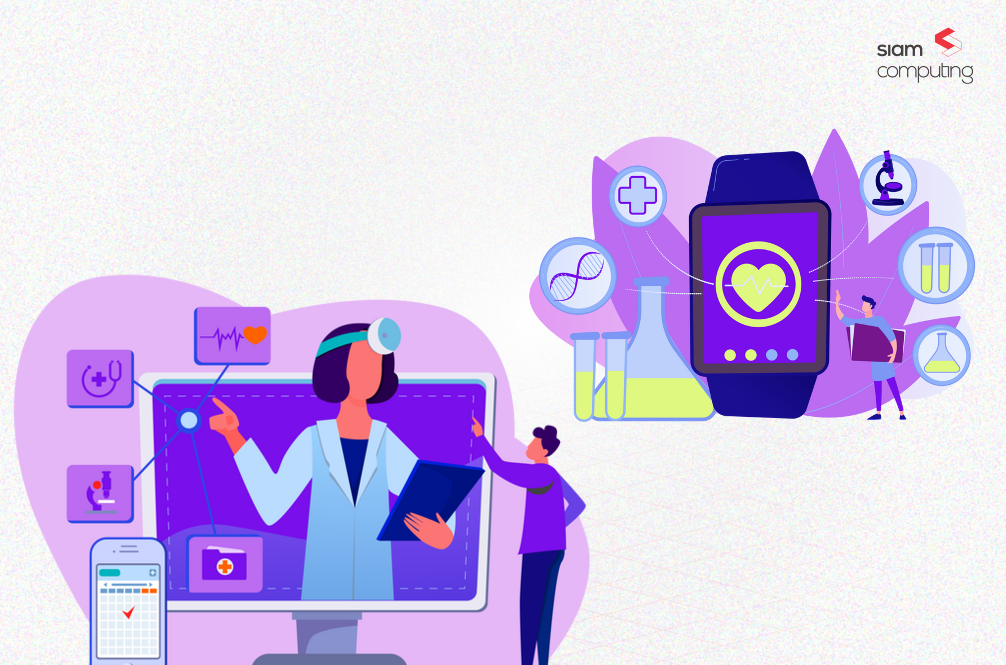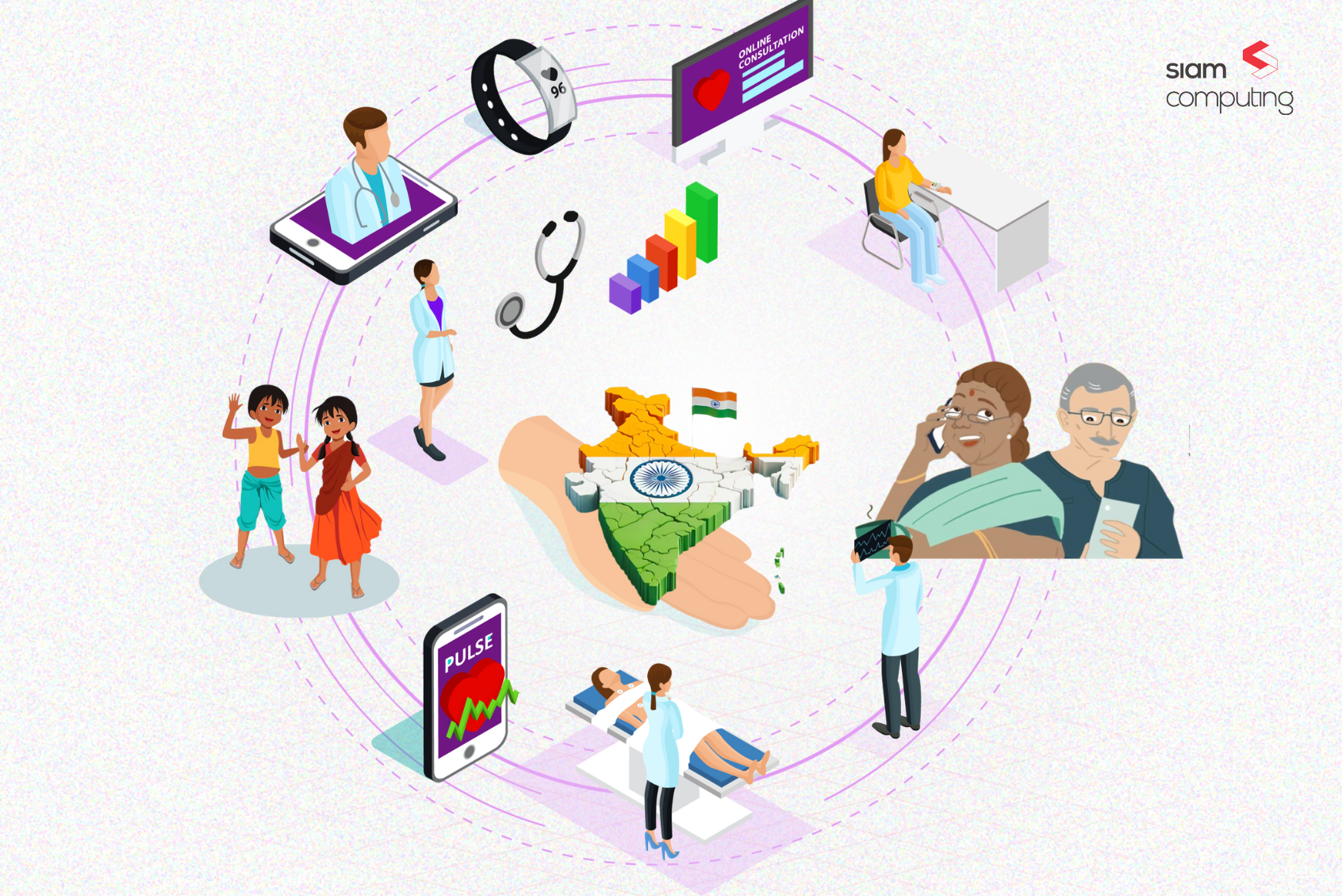The digital divide in healthcare is not merely a technology issue; it’s a societal challenge with profound implications on health equity, access to care, and overall well-being. In countries like India, where a vast majority of the population resides in rural areas while healthcare infrastructure is concentrated in urban centers, the disparity is stark.
The rise of digital health solutions like telemedicine, remote patient monitoring, and health apps promises to democratize access to healthcare, but without careful consideration, these innovations risk widening the gap further.
Understanding the Digital Divide
The digital divide refers to the gap between individuals who have access to modern information and communication technology (ICT) and those who do not. In the healthcare sector, this divide manifests in various ways:
- Limited access to care: Telehealth and other digital services are often inaccessible to those without reliable internet or digital devices.
- Exacerbated health disparities: Populations lacking access to digital tools are at a higher risk of poor health outcomes.
- Increased healthcare costs: The absence of digital tools can lead to inefficiencies, resulting in higher costs for both patients and providers.
As healthcare providers increasingly turn to digital solutions to improve care delivery and reduce costs, it’s crucial to address the underlying issues that contribute to the digital divide. This is where user-centered design principles in UI/UX can play a transformative role.
Key Barriers Leading to the Digital Divide in Healthcare
To effectively bridge the digital divide, we must first understand the barriers that contribute to it. These include:
1. Internet Access and Infrastructure
Inadequate network coverage and poor IT infrastructure in rural areas significantly limit access to digital healthcare services. In India, for instance, while internet penetration is on the rise, significant gender and rural-urban disparities persist.
Designing offline-first applications that can function with intermittent connectivity, or even without internet access, can make digital health services more accessible. Additionally, incorporating features like data compression and offline data storage can ensure that users in low-bandwidth areas can still benefit from digital health tools.
2. Smartphone and PC Penetration
The disparity in smartphone and PC ownership is another significant barrier. Rural populations, particularly women and older adults, are less likely to own smartphones or computers, further limiting their access to digital healthcare solutions.
To accommodate users who rely on shared or older devices, digital health platforms should be optimized for low-end hardware. This includes creating lightweight applications that require minimal processing power and storage space, as well as ensuring compatibility with older operating systems. Moreover, a responsive design that works seamlessly across various screen sizes is essential.
3. Operational Costs and Complexity of Digital Health Solutions
High costs and the complexity of digital health solutions deter smaller healthcare providers and patients from adopting these technologies. The lack of technological expertise among healthcare professionals further compounds the issue.
Simplifying the user interface to reduce cognitive load is crucial. A well-designed UI should minimize the number of steps required to complete tasks, use familiar design patterns, and provide clear instructions.
For healthcare providers, offering customizable dashboards that allow them to focus on the most relevant information can make digital systems more manageable. Additionally, subscription models with flexible pricing options can make these solutions more affordable.
4. Preference for In-Person Consultation
Many patients, particularly the elderly, prefer face-to-face consultations and are skeptical about digital health services. Healthcare providers also exhibit resistance, often due to concerns about misdiagnosis and the effectiveness of remote care.
Building trust through the user interface is essential. Incorporating video consultation features that replicate the in-person experience, providing clear and transparent information about the accuracy and reliability of digital diagnostics, and using AI-driven decision support tools that assist rather than replace healthcare professionals can help alleviate these concerns. Additionally, offering hybrid models that combine digital and in-person care can ease the transition.
5. Usage Barriers
Language, digital literacy, and cultural factors all contribute to the digital divide. Most digital health platforms are available only in a few languages, limiting their accessibility to non-English speaking populations.
So, multilingual support is critical. Digital health solutions should offer interfaces in multiple languages, with the option to switch between languages easily. Incorporating visual aids, icons, and voice-based assistance can also make these platforms more intuitive for users with low literacy levels.
Furthermore, cultural sensitivity in design—such as using culturally appropriate images, colors, and metaphors—can enhance user engagement.
Designing for Digital Inclusion in Healthcare
To bridge the digital divide in healthcare, UI/UX design must focus on inclusivity, accessibility, and user empowerment. Here are some key strategies:
1. Designing for Accessibility
Accessibility Compliance: Ensure that digital health platforms comply with international accessibility standards (e.g., WCAG). This includes features like screen reader compatibility, high-contrast modes, and keyboard navigation.
Inclusive Design: Adopt an inclusive design approach that considers the diverse needs of users, including those with disabilities. This might involve creating alternative input methods (e.g., voice commands, gestures) and ensuring that content is easily understandable for users with varying levels of health literacy.
2. Personalized User Experience
Adaptive Interfaces: Use AI and machine learning to create personalized experiences for users. For instance, interfaces can adapt based on user behavior, preferences, and needs. A first-time user might see a simplified interface with tutorials, while a more experienced user might have access to advanced features.
Tailored Content: Health information should be personalized based on the user’s medical history, location, and language preferences. This ensures that users receive relevant and actionable information.
3. Enhancing Digital Literacy
Interactive Tutorials: Incorporate step-by-step tutorials and walkthroughs within the platform to guide users through complex processes. These tutorials should be available in multiple formats, including video, text, and interactive guides.
Community Engagement: Partner with local organizations to offer digital literacy training. Community-based programs can help users become more comfortable with digital health tools, leading to higher adoption rates.
4. Building Trust and Security
Transparent Data Practices: Clearly communicate how user data is collected, stored, and used. Providing users with control over their data, such as the ability to delete or export their information, can enhance trust.
Robust Security Features: Implement strong security measures, such as end-to-end encryption, two-factor authentication, and regular security audits, to protect user data. Ensuring that these security features are easy to use is crucial in maintaining user confidence.
5. Human-Centered Design
Empathy in Design: Healthcare is inherently personal, and digital health solutions should reflect this. Incorporating elements of empathy—such as providing options for human support (e.g., chat with a healthcare professional) and designing interfaces that are warm and approachable—can help users feel more comfortable and supported.
Patient Engagement: Design features that actively engage patients in their healthcare journey. This could include goal-setting tools, progress trackers, and reminders that encourage patients to take an active role in managing their health.
The Role of Product Teams in Bridging the Digital Divide
Product leaders have a unique responsibility to ensure that the digital health solutions they develop are inclusive, accessible, and equitable. By focusing on UI/UX design principles that prioritize the needs of underserved populations, they can help close the digital divide and promote health equity.
1. Proactive User Research
Conducting thorough user research is essential to understand the specific needs and challenges of different user groups. This research should include not only patients but also healthcare providers, caregivers, and community leaders.
2. Iterative Design and Testing
An iterative design process, with continuous testing and feedback from users, can help refine the UI/UX to better meet the needs of diverse populations. This approach ensures that the final product is not only functional but also user-friendly and accessible.
3. Collaborative Development
Collaboration with stakeholders, including government bodies, expert healthcare product development studios like Siam Computing, NGOs, and community organizations, can help ensure that digital health solutions are widely adopted and effectively bridge the digital divide.
Bridge the digital divide in healthcare with Siam Computing
Bridging the digital divide in healthcare is a complex challenge, but it is one that can be addressed through thoughtful UI/UX design. By prioritizing accessibility, personalization, and user engagement, product leaders can create digital health solutions that are not only innovative but also inclusive and equitable.
The future of healthcare depends on our ability to ensure that everyone, regardless of their background or circumstances, has access to the tools and resources they need to live healthy lives. As we continue to innovate in the digital health space, let’s keep inclusivity at the forefront of our design process, ensuring that no one is left behind in the digital revolution.
Connect with healthcare product strategy experts at Siam Computing to explore how we can bridge the digital divide in healthcare and drive inclusive innovation.








